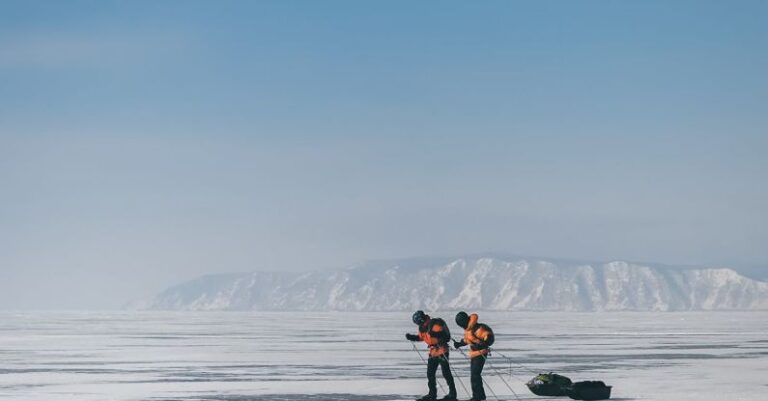
Venturing into the backcountry for a skiing trip offers a unique and thrilling experience for outdoor enthusiasts. However, proper preparation is key to ensuring a safe and enjoyable adventure. From assessing the terrain to packing the right gear, there are several essential steps to take before embarking on a backcountry skiing excursion. In this guide, we will delve into how to prepare for a backcountry skiing trip to make the most of your time in the snow-covered wilderness.
Assessing the Terrain
Before setting out on a backcountry skiing trip, it is crucial to thoroughly assess the terrain you will be traversing. Familiarize yourself with the area by studying maps, checking the weather forecast, and understanding the snow conditions. Pay attention to avalanche risk levels and ensure you are equipped with the necessary knowledge and skills to navigate safely through the backcountry. Consider the difficulty of the terrain and choose routes that align with your skiing abilities to avoid potential hazards.
Gear Essentials
Packing the right gear is essential for a successful backcountry skiing adventure. Make a checklist of the necessary equipment to ensure you have everything you need for a safe and enjoyable trip. Some essential gear items to include are:
– Avalanche Safety Gear: Invest in an avalanche beacon, probe, and shovel, and make sure you know how to use them effectively in case of an emergency.
– Skis, Boots, and Poles: Opt for lightweight touring skis, boots with a good range of motion, and adjustable poles to enhance your performance in the backcountry.
– Clothing Layers: Dress in moisture-wicking base layers, insulating mid-layers, and waterproof outer layers to stay warm and dry in changing weather conditions.
– Navigation Tools: Carry a map, compass, and GPS device to help you navigate unfamiliar terrain and avoid getting lost.
– First Aid Kit: Pack a compact first aid kit with essentials like bandages, pain relievers, and blister treatments to address minor injuries on the go.
Physical Preparation
Backcountry skiing requires a certain level of physical fitness to handle the challenges of skiing in rugged and remote environments. Prior to your trip, focus on building strength and endurance through regular exercise and ski-specific training routines. Strengthen your leg muscles, improve your cardiovascular fitness, and practice balance and agility exercises to prepare your body for the demands of backcountry skiing. Additionally, consider taking a refresher course on skiing techniques and safety protocols to boost your confidence on the slopes.
Food and Hydration
Proper nutrition and hydration are vital for maintaining energy levels and staying hydrated during a backcountry skiing trip. Pack lightweight, high-energy snacks like nuts, dried fruits, and energy bars to fuel your body throughout the day. Stay hydrated by carrying an insulated water bottle or hydration pack and drink water regularly to prevent dehydration. Consider bringing a thermos with hot beverages like tea or soup to stay warm and hydrated in cold weather conditions.
Emergency Preparedness
Despite thorough preparation, unforeseen circumstances can arise during a backcountry skiing trip. Be prepared for emergencies by carrying a fully charged cell phone, a portable charger, and a whistle to signal for help if needed. Familiarize yourself with emergency procedures and communication protocols in case of an accident or injury. Share your itinerary and expected return time with a trusted contact and check in with them upon your safe return to ensure your well-being.
Enjoying the Experience
While preparation is essential for a successful backcountry skiing trip, don’t forget to savor the experience and appreciate the beauty of the wilderness around you. Take breaks to rest and refuel, soak in the breathtaking views, and relish the freedom of skiing in untouched snow-covered landscapes. Stay present in the moment, embrace the challenges and rewards of backcountry skiing, and create lasting memories that will fuel your passion for outdoor adventures.
In summary, preparing for a backcountry skiing trip involves assessing the terrain, packing the right gear, building physical fitness, prioritizing nutrition and hydration, and being ready for emergencies. By following these essential steps and taking the necessary precautions, you can embark on a backcountry skiing adventure with confidence and enthusiasm. Stay safe, stay prepared, and enjoy the thrill of exploring the backcountry on skis.





